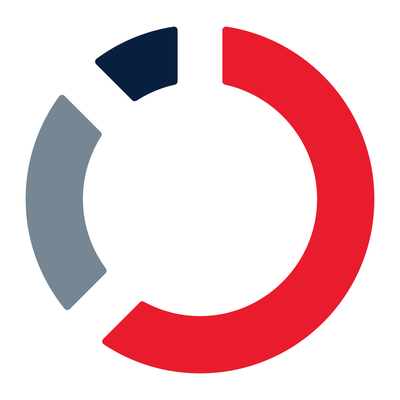ChatOps is on the Verge of a Breakthrough for the Everyday EmployeeChatOps is on the Verge of a Breakthrough for the Everyday Employee
ChatOps adoption is rising across the enterprise, revolutionizing how organizations connect people, bots, and tools. Is there a way to democratize ChatOps so it can be used by the broader workforce and improve the employee experience?

While ‘ChatOps’ might sound like something out of the CIA’s playbook, its real-world application isn’t particularly espionage-like. Rather, ChatOps refers to the use of client chat, virtual support agents (VSAs), and real-time communication tools to facilitate how software development and operation tasks are communicated and executed. It started as a conversational approach to drive complex workflows between developers and IT operations managers (envision a Slack-for-IT-tasks), but has since evolved to encompass conversation-driven workflow management by connecting people, bots, and tools in a way that enhances collaboration.
In a ChatOps environment, tasks that were typically done manually (and therefore more prone to human error) are automated through a chatbot. It’s a fast and easy way for other teams to collaborate, eliminating ticket ping-pong where incident tickets are passed repeatedly from one support team to another. Today, IT operations teams put these chats at the center of their teamwork, essentially making it the real-time operations center.
Since the early introduction of ChatOps and the rise in adoption of collaboration platforms like Slack and Microsoft Teams, some non-IT teams (like HR) have dipped their toes into the ChatOps pool. But there are various barriers of complexity that prevent these teams from realizing the full benefits of ChatOps. These barriers must be addressed for ChatOps to reach its apex of potential, especially as employers and employees look to a future workplace that is more efficient and less siloed.
Collaboration Tools Have Paved the Way for ChatOps
Unquestionably, the pandemic has upended the traditional workplace environment. With organizations pivoting to a remote work model, many teams are leveraging Slack and Teams to maximize productivity and facilitate communication. The use of these tools means employees are monitoring chat instead of email and communicating in real-time instead of chasing colleagues down over the phone. They’re driven by push notification instead of constantly checking email. And, they’re more mobile because they can use their phones to chat. These developments bode well for ChatOps, in that they point to a workforce ready to embrace tools that will make their lives easier.
NLP’s Role in Democratizing ChatOps for the Broader Workforce
The movement to democratize ChatOps is in the early stages, with lightweight employee utilities rolling out on Microsoft Teams and Slack. These apps help employees do simple things like track vacation, approve a request, and order food. While these aren’t groundbreaking use cases, they demonstrate the benefits of automation to non-IT employees. But, the mainstream metamorphosis to ChatOps is still a work in progress because the precise and specific commands needed to make ChatOps function are complex and difficult to use. For example, if an employee wants to know if their expense report was approved, they might be able to see the status by typing in a specific command like: /expenses view-status filter:status=open. The catch? If they mistyped anything in that line, the command would fail.
The ability to use natural language processing (NLP) within ChatOps changes the game. An employee can simply type their query -- such as “What is the status of my open expense reports?” -- in natural language. This obviates the need for technical training and rote memorization, saving time and keeping frustration levels at bay. To put this in perspective, early ChatOps implementations relied on cryptic syntax like ‘/status {ticket-id}’. In this scenario, there was no way around memorizing the command. Advances in NLP enable users to get the answers they need without prerequisite skills or a deep understanding of VSAs.
ChatOps and the Employee Experience
ChatOps has revolutionized how technical teams are working and collaborating today, with the transition to remote work having further accelerated its popularity. While ChatOps for non-technical employees is still experimental and will remain nascent unless organizations solve the interface complexity issue, the strides made in NLP and conversational AI are poised to make this possible.
When done right, automation is critical in allowing employees to overcome productivity challenges and save time. One scenario is a VSA orchestrating complex workflows based on requests like ‘add me to an email distribution list’. While seemingly simple, this straightforward ask would trigger approval requests and programmatic integration with a mail server.
In the not-too-distant future, I envision that NLP-powered VSAs will enable employees to leverage ChatOps to express what they need, when they need it -- and the workplace will take another step in a more efficient (and humane) direction.
As VP of Product and Conversational AI at Espressive, Benjamin Wesson is dedicated to transforming the employee experience through the use of advanced machine learning and conversational AI. With specialties including cloud, PaaS, and enterprise application integration, Benjamin is an enterprise software development veteran with a proven track record of designing, building, and taking innovative tools and technologies to market. Prior to Espressive, he held executive and product strategy roles at Astound.ai, Big Panda, Salesforce, SAP Labs, Oracle, and Okta.
About the Author
You May Also Like






